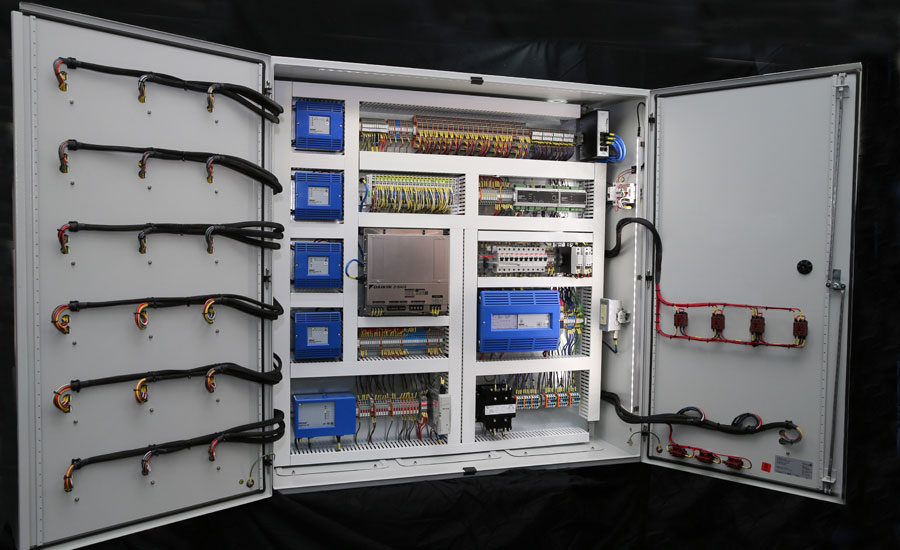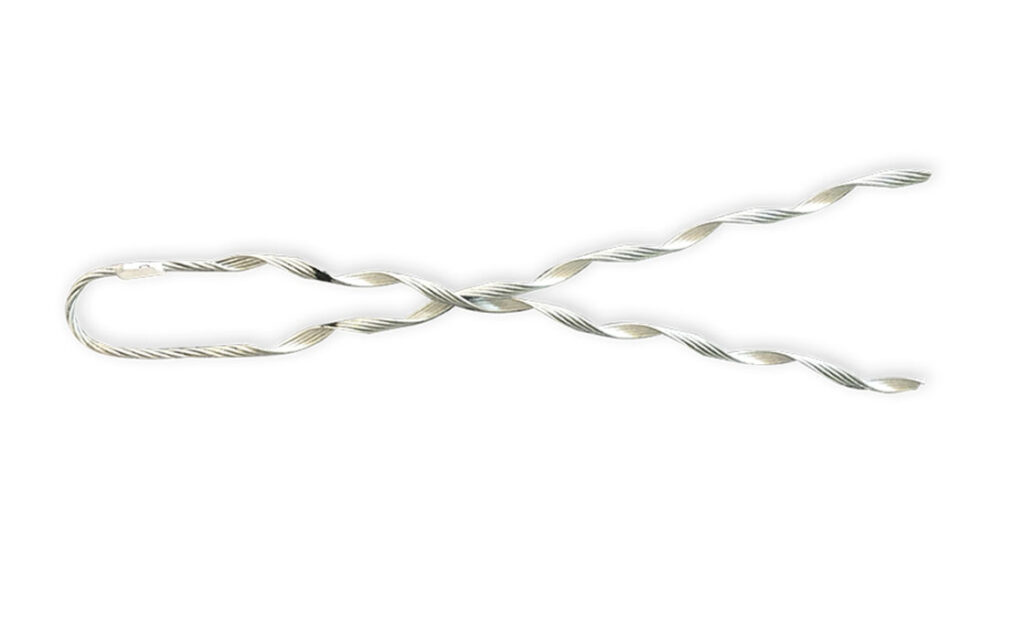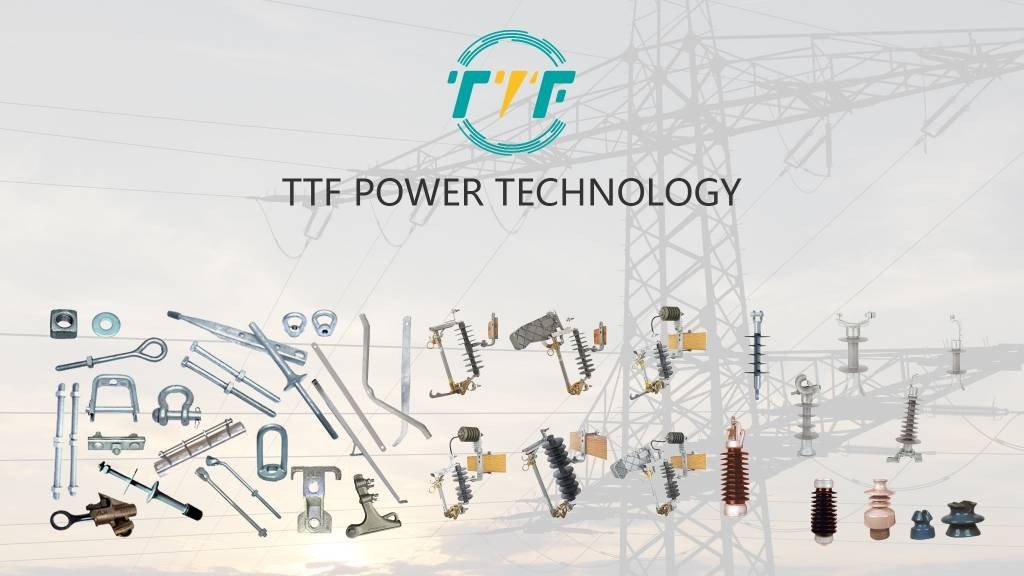
HVAC (heating, ventilation, and air conditioning) control systems help to improve energy efficiency, reduce carbon emissions, and ease the integration of renewable energy sources. The systems are transforming the energy industry by updating infrastructure and accomplishing environmental objectives. HVAC control systems in South America improve energy efficiency and help to switch to renewable energy. They also cut energy usage, contribute to decarbonization efforts, increase renewable energy adoption, and give economic rewards. HVAC control systems in the energy sector improve energy efficiency, ease renewable energy integration, increase grid stability, and give data analytics for predictive maintenance. However, the initiative confronts significant hurdles, including high starting expenses, infrastructure deficiencies, and a trained labor scarcity. High-quality guy deadends offers a stable attachment for guy wires, thereby stabilizing structures.
Guy deadends guarantee that guy wires add stability to the structure and keep it from toppling or swinging. They also serve to disperse mechanical load throughout the guy wires and structure, which improves stability. Guy deadends limit the possibility of structural failure, hence ensuring the safety of HVAC control systems. They are also designed for simple installation, making them ideal for usage in distant locations. Guy deadends are made of robust materials that can survive harsh environmental conditions. They also guarantee long-term reliability and performance. High-performance deadends contribute to the structural integrity and safety of HVAC control systems.
Relevance of guy deadends in HVAC control systems
Guy deadends are critical components for tensioning and stabilizing utility poles and structures that support HVAC systems. They aid to maintain the structural stability, safety, and efficiency of HVAC control systems. Guy deadends promote renewable energy integration and environmental resilience. Guy deadends serve the following roles in South American HVAC control systems.

- Structural stability—guy deadends anchor guy wires, which stabilizes utility poles and structures supporting HVAC control systems. The dead ends prevent structural swaying, tilting, or collapse. For instance, Guy Deadends ensure the HVAC infrastructure remains secure in areas like Patagonia or the Andean region.
- Maintaining power and communication stability—deadends stabilize poles carrying power and communication lines for HVAC control systems. Securing poles with guy deadends ensures uninterrupted operation.
- Adaptability to diverse applications—the deadends are adaptable to various HVAC applications. This is from large-scale industrial systems to renewable energy-powered installations. These components support the poles and masts used to integrate HVAC systems with renewable energy sources.
- Enhancing safety—guy deadends prevent pole failure and ensure the safety of workers, equipment, and the public. They support the integrity of HVAC control infrastructure to reduce the risks of accidents.
- Adaptability to diverse applications—guy deadends are adaptable to HVAC applications from large-scale industrial systems to renewable energy-powered installations. They support the poles and masts used to integrate HVAC systems with renewable energy sources.
- Durability—the guy deadends are from corrosion-resistant materials that make them withstand exposure to environmental factors.
The effects of HVAC control systems on South America’s energy sector
HVAC control systems play an important role in energy efficiency, sustainability, and economic development. With greater renewable energy use and carbon reduction targets, HVAC systems are required. This enables enterprises and consumers to manage energy consumption more efficiently. At TTF Power, we are a one-stop-shop for utility pole hardware fittings, transmission line accessories and power line construction equipment. We provide our customers with the most extensive range of products in the industry, excellent value and knowledgeable service. The effects of HVAC control systems on the energy sector are discussed in detail below.

- Enhanced energy efficiency—modern control systems use technologies like IoT, AI, and sensors to reduce energy consumption. For instance, smart thermostats and variable speed drives allow systems to adjust to occupancy and weather conditions.
- Supporting renewable energy integration—HVAC control systems ease the integration of renewable energy sources like solar and wind. They help optimize the use of intermittent renewable power. In Brazil, buildings with solar panels can store excess energy during off-peak hours for later use.
- Reduction in carbon emissions—improved energy efficiency in HVAC systems contributes to reducing carbon emissions. Chile and Colombia are adopting energy-efficient building codes that mandate the use of advanced HVAC control systems.
- Grid stability—HVAC systems with demand-response capabilities help stabilize the power grid by reducing peak energy demand. They also allow utilities to shift cooling or heating loads to off-peak hours.
- Technological advancements—the demand for HVAC control systems—drive innovation in automation, AI, and IoT technologies.
